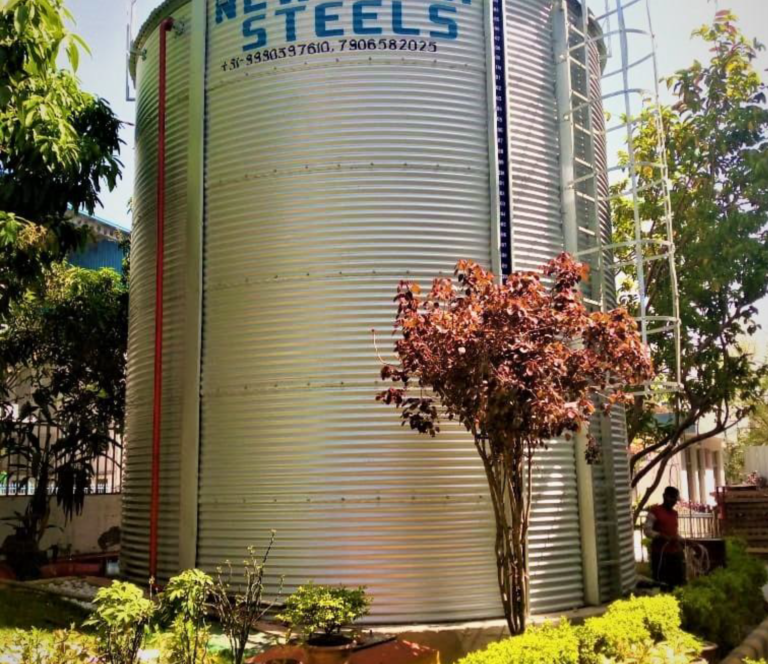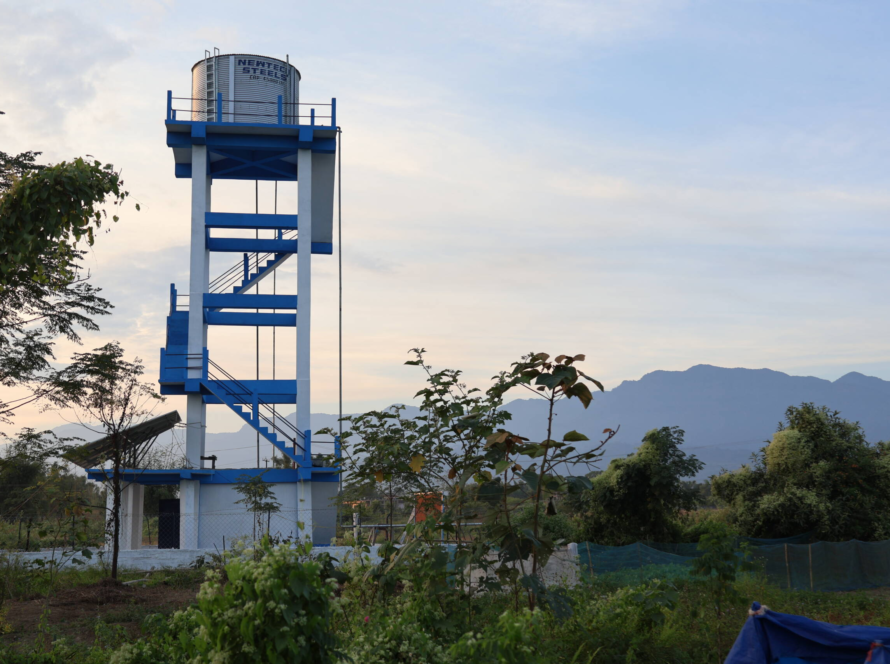Commercial water storage tanks play a pivotal role in various industries, ensuring a reliable supply of water for essential operations. Whether it’s for manufacturing, agriculture, hospitality, or municipal use, selecting the right size tank is crucial for meeting water demand efficiently and effectively. In this guide, we’ll explore the key considerations involved in determining the ideal size for your commercial water storage tank, empowering you to make informed decisions for your business needs.
- Evaluate Water Usage Patterns: Start by analyzing your facility’s water usage patterns. Consider factors such as peak demand periods, daily consumption rates, and any seasonal fluctuations in water needs. Understanding your water usage profile is essential for accurately sizing your storage tank.
- Calculate Total Water Demand: Determine the total volume of water required to meet your facility’s needs over a specific period, typically a day or a week. Include all sources of water usage, such as manufacturing processes, irrigation, firefighting systems, restroom facilities, and any other operational requirements.
- Anticipate Future Growth: Plan for future growth and expansion of your business. Factor in potential increases in water demand due to business expansion, additional processes, or new facilities. Choosing a tank size that accommodates future growth can save you from the hassle of frequent upgrades.
- Consider Space Constraints: Assess the available space for installing the water storage tank. Ensure that the chosen tank size fits within the designated area without causing logistical challenges or obstruction. If space is limited, consider alternative tank configurations or placement options.
- Review Local Regulations: Familiarize yourself with local regulations and building codes governing water storage capacity. Ensure compliance with any requirements or restrictions regarding tank size, setback distances, and environmental considerations. Adhering to regulations is essential to avoid potential legal issues.
- Explore Tank Configuration Options: Evaluate different tank configurations based on your requirements and space limitations. Options include aboveground or underground tanks, horizontal or vertical orientation, and single or multiple compartments. Choose the configuration that best suits your needs and space constraints.
- Seek Professional Advice: Consult with industry experts, such as engineers or tank manufacturers like New TechSteels, to get personalized recommendations. They can assess your specific requirements, conduct site evaluations, and provide tailored solutions to meet your water storage needs effectively.
- Evaluate Total Cost of Ownership: Consider the total cost of owning and maintaining the storage tank over its lifecycle. Factor in upfront costs, ongoing maintenance expenses, and potential upgrades. Investing in a high-quality tank from a reputable manufacturer like New TechSteels can result in long-term cost savings and reliability.
By considering these key factors and seeking expert advice, you can confidently determine the ideal size for your commercial water storage tank. New TechSteels offers a range of customizable tanks designed to meet the diverse needs of businesses across industries. Contact us today to explore our solutions and ensure optimal water storage capacity for your facility’s success.: How to Determine the Ideal Size for Your Commercial Water Storage Tank



